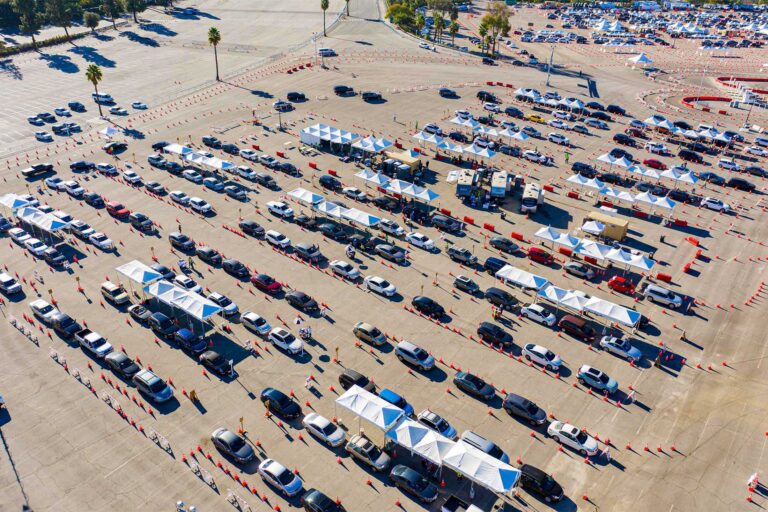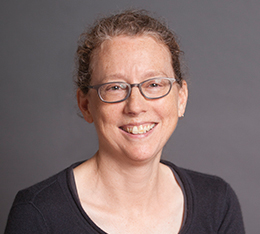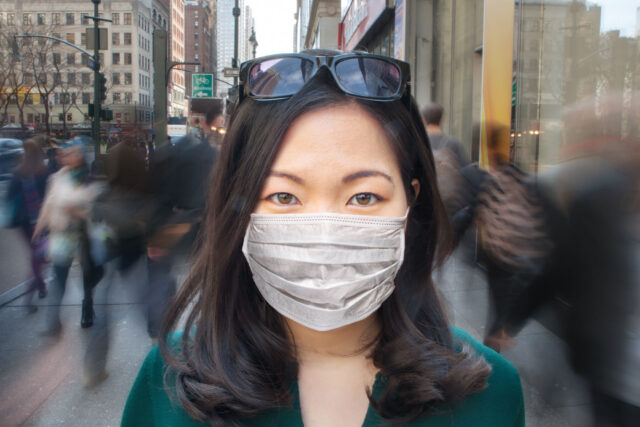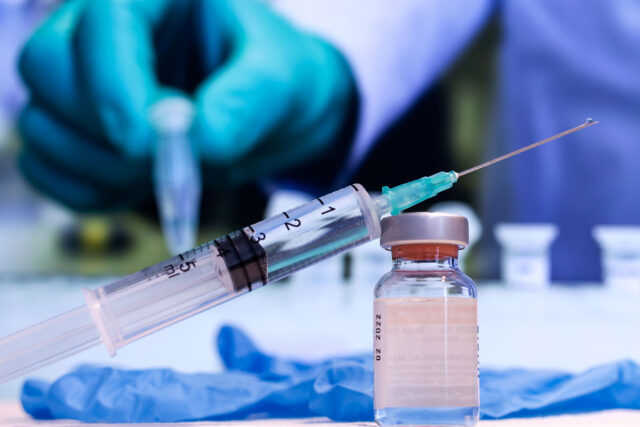PPIC’s Speaker Series on California’s Future invites thought leaders and changemakers with diverse perspectives to participate critically, constructively, and collaboratively in public conversations. The purpose is to give Californians a better understanding of how our leaders are addressing the challenges facing our state.
PPIC is a nonpartisan, nonprofit organization. PPIC does not take or support positions on any ballot measure or on any local, state, or federal legislation, nor does it support, endorse, or oppose any political parties or candidates for public office. Any opinions expressed by event participants are theirs alone and do not necessarily reflect any position of the Public Policy Institute of California.
The COVID-19 vaccine is providing some light at the end of the pandemic tunnel. But ensuring access to all Californians continues to be a major challenge. At a virtual PPIC event last week, a panel of experts discussed a wide range of issues, including distribution difficulties, equity concerns, and the importance of public health data.
For Nadine Burke Harris, California’s surgeon general, one of the key challenges has been getting the vaccine to Californians who have been most affected by the virus. “We know that the lowest socioeconomic quartile in California experiences almost 40% of disease and death from COVID-19, and yet they have received less than their population share of vaccines,” she said. “That is why the governor recently took the position of allocating 40% of vaccine to that lowest quartile.”
Sandra Hernández, president and CEO of the California Health Care Foundation, underlined the importance of state support for the efforts of community health centers. “Even knowing that we were going to need to prepare for vaccinations for, arguably, 40 million Californians eventually, it is still an unprecedented scale of effort,” she said. Community health centers “are really doing an extraordinary job both in education, messaging, and then outreach.”
“We’re close to 15 million vaccines administered in the state, and that’s a pretty amazing number,” said Assemblymember Jim Wood, who chairs the Assembly Health Committee. However, he added, “I don’t think we were quite prepared for how early the vaccine came, and I think that has probably hampered us a little bit,” he said. “I think the CDC’s guidelines for how to begin vaccinations didn’t even come out until late October, and so it was really hard for counties to scale up.”
Hernández said that as the vaccine becomes more widely available, the state will need to reduce vaccine hesitancy. She noted that 25% or 30% of the population is “what we describe as hesitant . . . and there’s a heterogeneous group of reasons for that.” Harris noted that, in addition to working with trusted local messengers and providers, the state is using its public information campaign, Vaccinate All 58, to address questions and concerns.
California also recently launched a statewide vaccine delivery system, tapping Blue Shield to be a third-party administrator. The goal, Harris said, was “to support what’s already there, what’s already working well, and strengthen the pieces that need strengthening.” Wood said that county officials who were initially concerned about the state “taking over” are now seeing that “this is really about data and moving vaccines to places where they are needed most.”
Hernández concurred. “It’s astounding that we spend 18% of our GDP on health care and our data system is . . . Neanderthal,” she said. “Our counties have, since the beginning of the pandemic, been running at a hundred miles per hour to do testing and contact tracing,” she added. “And they’ve been doing that with very shoestring capabilities—we have a very inadequate workforce for public health.”
Will things return to normal once California is vaccinated? In some ways, Wood hopes not. “I don’t want us to forget where we are and how we got here,” he said. “I think we need to double down and reinvest in our public health infrastructure, because we’ve let that go. We need to be better prepared for the next pandemic, the next public health emergency.”




